These stretchable optic fibre-based sensors could be stitched right into your clothes to monitor muscle strain during exercise.
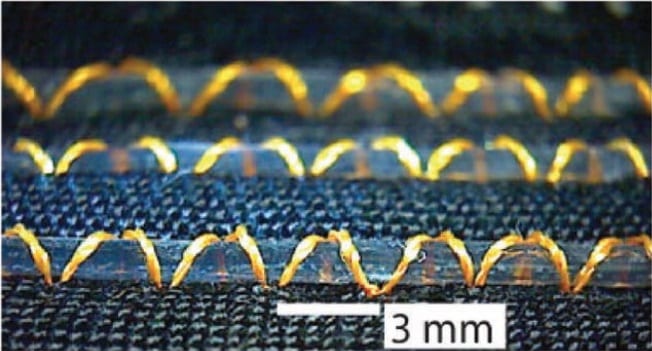

These stretchable optic fibre-based sensors could be stitched right into your clothes to monitor muscle strain during exercise.

Researchers from the Max Planck Institute for Intelligent Systems develop a durable, flexible adhesive film for use in wearable healthcare devices.

The enhanced emission of Cu nanocrystals/MOF composites is selectively quenched by TNT.
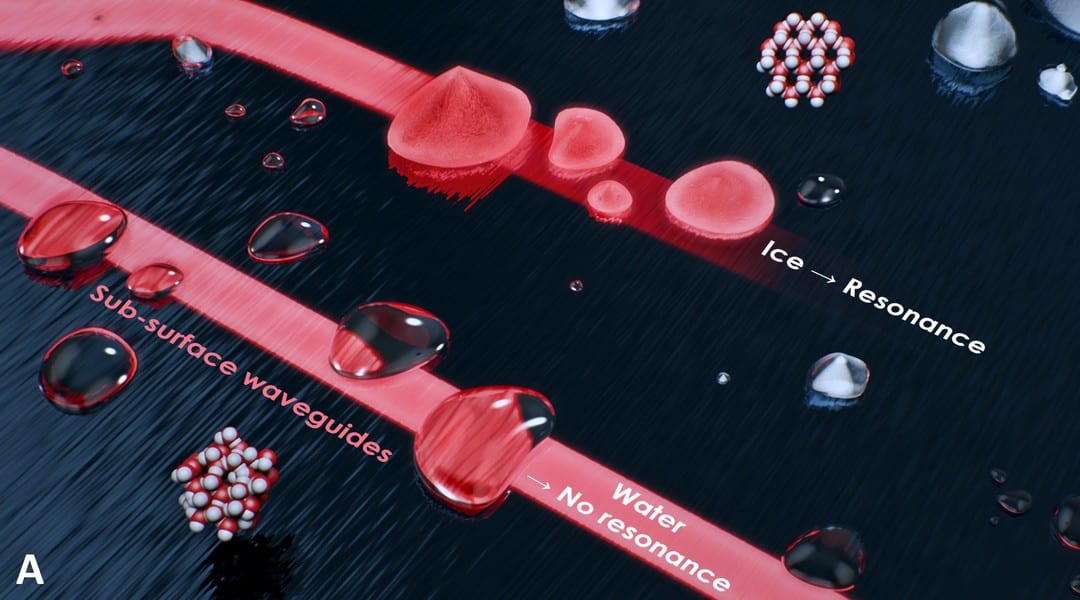
A new type of surface optical sensor for water capable of being embedded in aircraft wings with no influence on the aerodynamic design and capable of record high-performance.
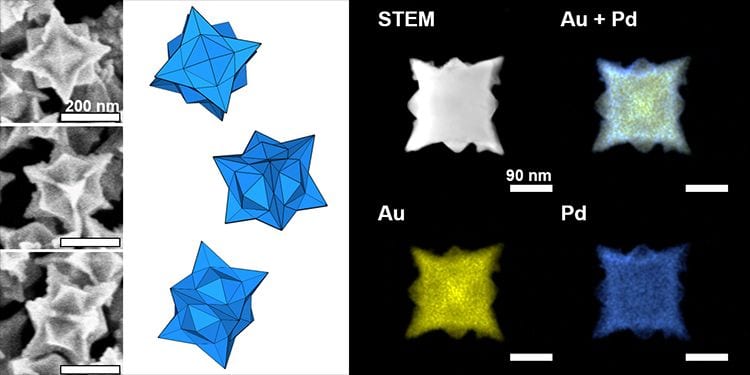
Discover how iodide can be used to control the shape of bimetallic nanoparticles for application in catalysis, solar-energy conversion and therapeutics.

Advanced Science celebrates its new impact factor with the publication of an exclusive review issue.
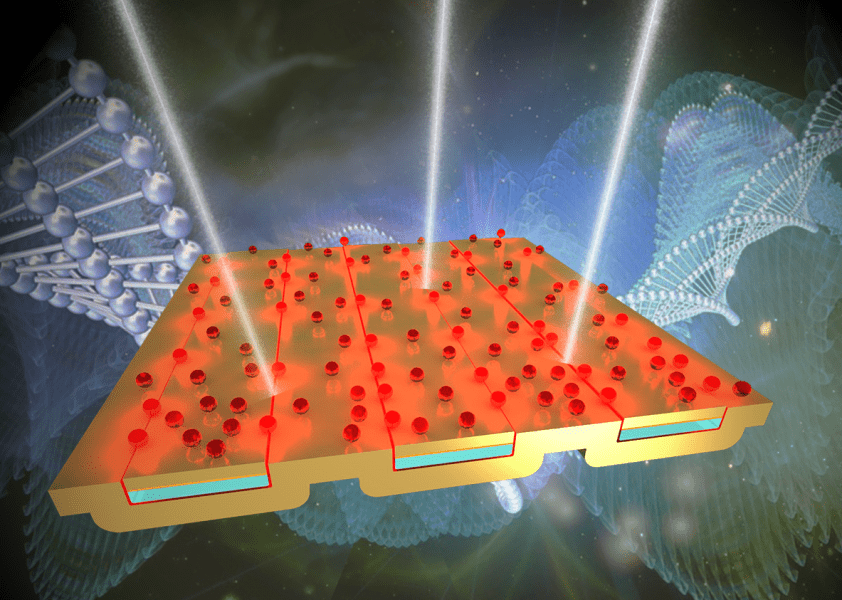
A metamaterial superabsorber structure with sub-5-nanometer gaps boosts the sensitivity of bio/chemical sensing.
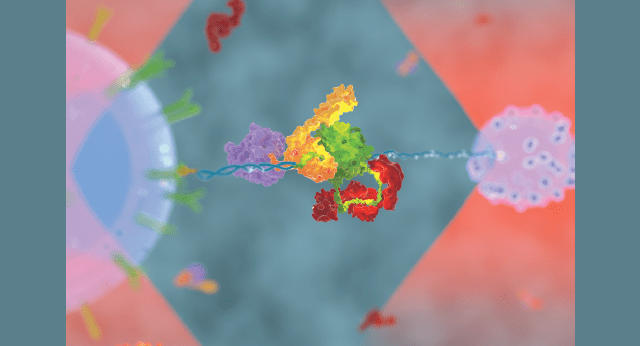
Protein Science has published a Special Issue on Molecular Machines guest edited by Carlos Bustamante from the Laboratory of Single Molecule Biophysics at UC Berkeley. Each living cell, whether prokaryotic or eukaryotic, is a microscopic but complex structure. Its...
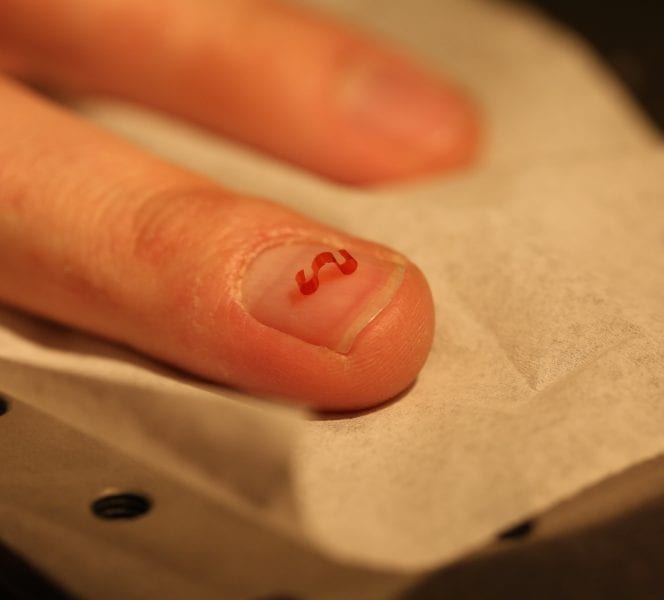
Researchers develop a liquid crystalline elastomer robot fueled completely by visible light. The robot is capable of biomimetic locomotion resembling a caterpillar and can be operated directly on human skin.
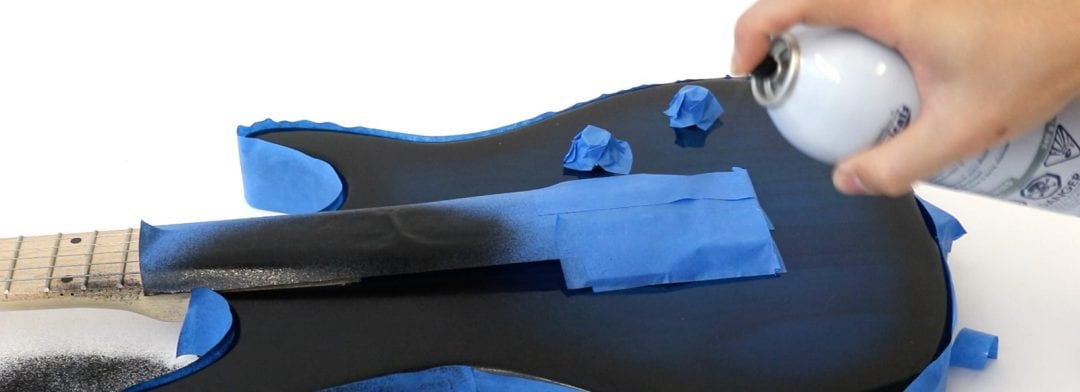
Researchers added low-cost touch sensing to objects of almost any shape.